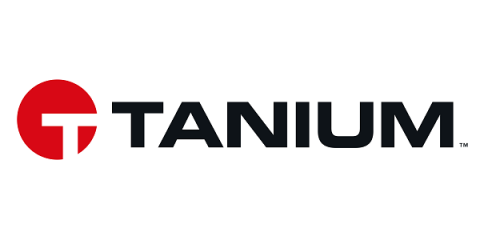How our new engine framework helped address the critical CUPS vulnerability within the day
When a critical vulnerability in the printing system CUPS started raising alarms among security teams, Detectify had already entered war-room mode to address the situation. Within the day, customers could test whether they were vulnerable thanks to the rollout of a new scanning engine framework that reinvents how Detectify operates under the hood, allowing for a faster and more efficient response to security threats.











